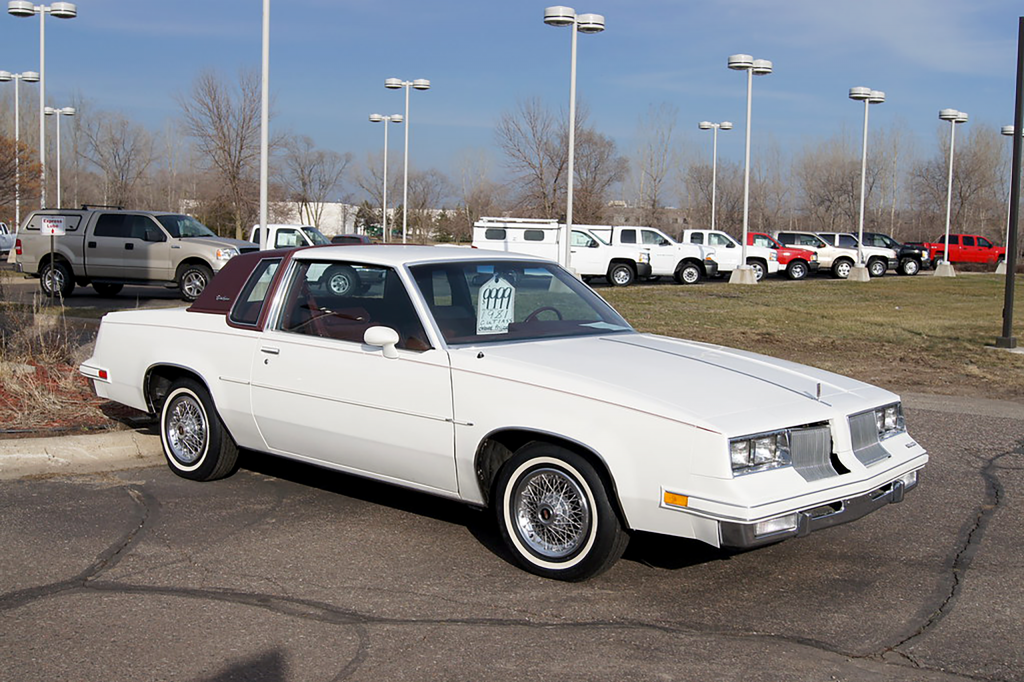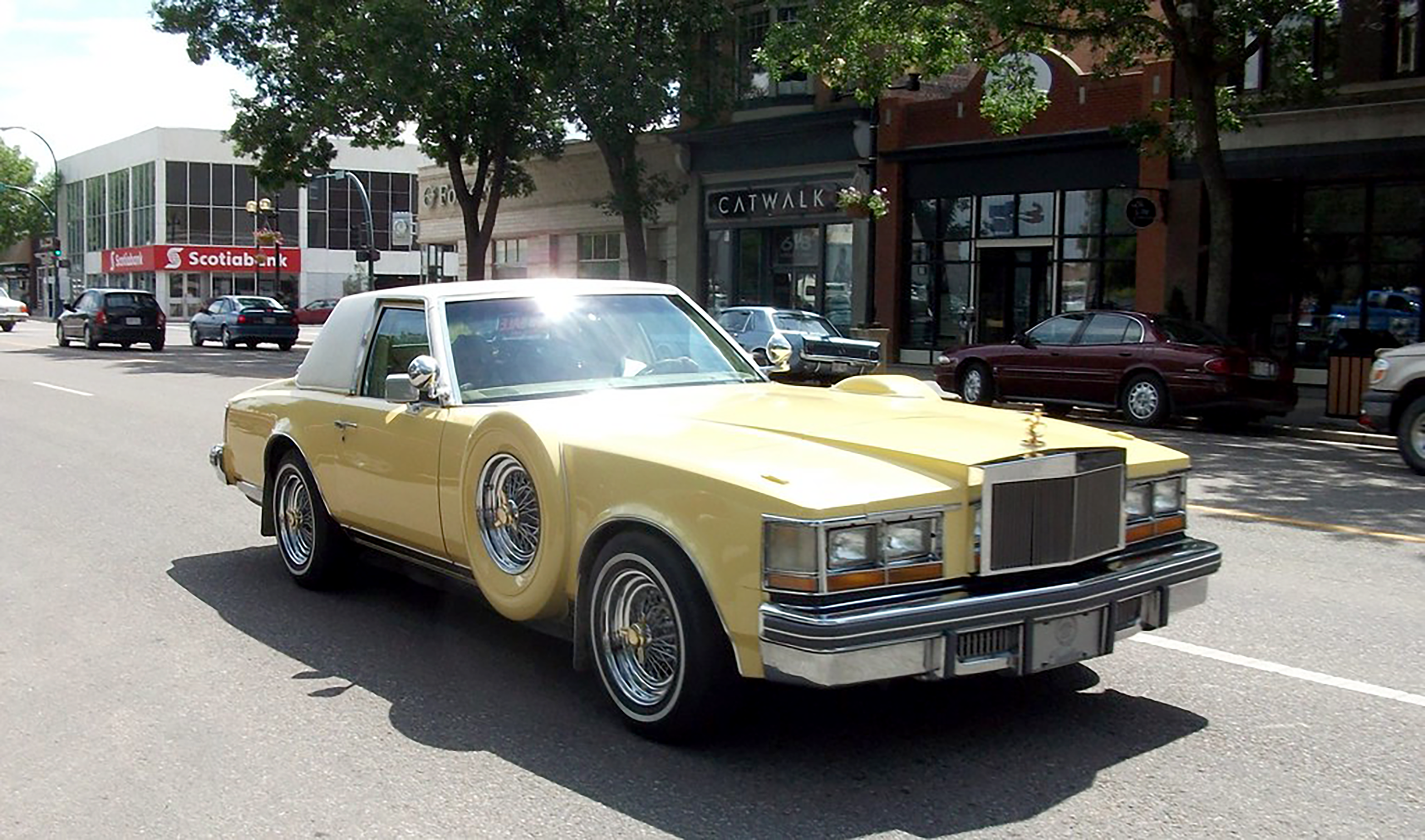Buying a new vehicle these days seems to be a lot simpler than in the past. Consumers of the bygone eras would generally have a brand they stuck to until their station in life afforded them to move up from the low-price field to the medium-price field and finally, if they were lucky, to the luxury field.
Back in the day, one was either a “GM man,” “a Ford man” or “a Mopar (Chrysler) man.” In those days, buying a foreign brand was almost sacrilege even when the build quality of American vehicles was sub-par. No one really cared if American cars started rusting on the showroom floor because they only kept their new cars for an average of two years.
My grandfather started out driving Chevrolets then moved up to Pontiac and Oldsmobile until he had the means to show off his success and ride around in a Cadillac. Every two years or so, he would go see his “man” at the GM dealer where he would haggle over the price, sometimes for hours.
“He tried to rook me Scotty,” Gran Gran would cackle, “but he felt like a mule kicked him by the time I was done!”
[adrotate banner=”29″]
The days of both lifetime brand loyalty and price haggling are largely over. In the highly competitive auto industry, most dealers offer about the lowest price possible and make purchasing on the internet easy for the consumer. However, there is a trick that can help get you a (mostly) new car even cheaper than you might have imagined.
Last year, I bought a new Chrysler 300 (yes, I am a Mopar man) for almost half of the manufacturer’s suggested retail price. To explain how I managed that, I have to take you back to my childhood.
When I was a kid, my father was the service manager for a GM dealer. One of the perks of his position was that he had a company vehicle to drive. A fun family outing every six months was to go to Daddy’s workplace and pick out “our” new car.
For me, it was like Christmas, especially when I got to pick the color. One time, much to my mother’s chagrin, I picked out a bright canary yellow 1978 Cadillac Seville. She tried to talk Dad out of picking that car.

“Tommy, people are going to think we’re being showoffs!” She protested, but Dad reminded her that it was she who told me I could pick the color, and off we went in that garish land yacht.
Another time we picked the re-styled 1981 Oldsmobile Cutlass, and all the kids in the neighborhood crowded around it in awe of a car that looked like a rocket ship.
According to Carfax, a brand-new car depreciates more than 20 percent in the first year. So, basically, a new car is not worth what you paid when you drive it off of the dealership lot. So, here are the tricks to avoid losing that money.
First, avoid buying online. Burn up a little shoe leather and personally visit the dealerships. Second, plan to make your purchase in January, preferably on a rainy last day of the month an hour before closing. Third, ask to see only demonstrators or loaners. Technically speaking, these are new cars because they have never had an owner, but because they have been driven, they cannot be sold as new cars.
Augusta is a great market for car buying because, not only are demo vehicles given to dealership managers, but quite a few spend the first year of their life as vehicles used during the Masters tournament before they are used as loaners for customers who are having their cars repaired at the dealership.
An added benefit is that demos and loaner cars are meticulously maintained by the dealership and are almost always broken in properly.
So those are a few simple tricks for getting that new car smell without the new car price. And that is something you might not have known.
Scott Hudson is the Managing Editor of The Augusta Press. Reach him at scott@theaugustapress.com
[adrotate banner=”31″]










